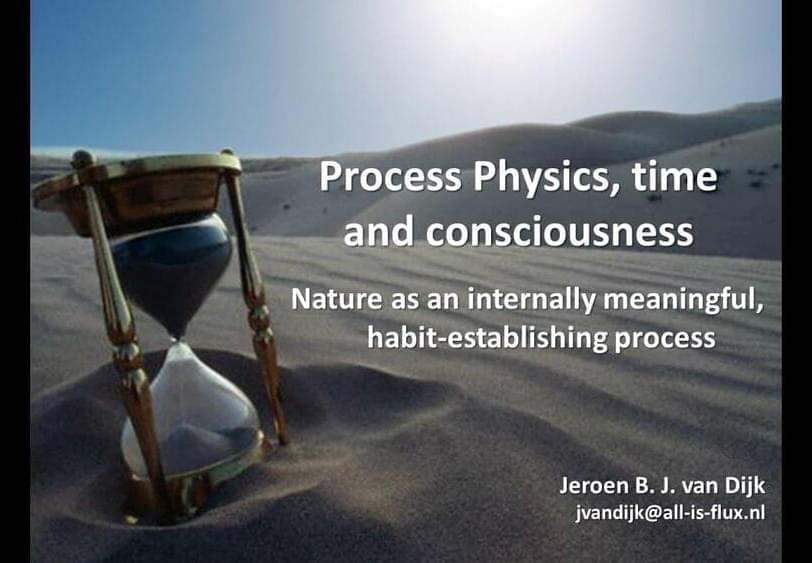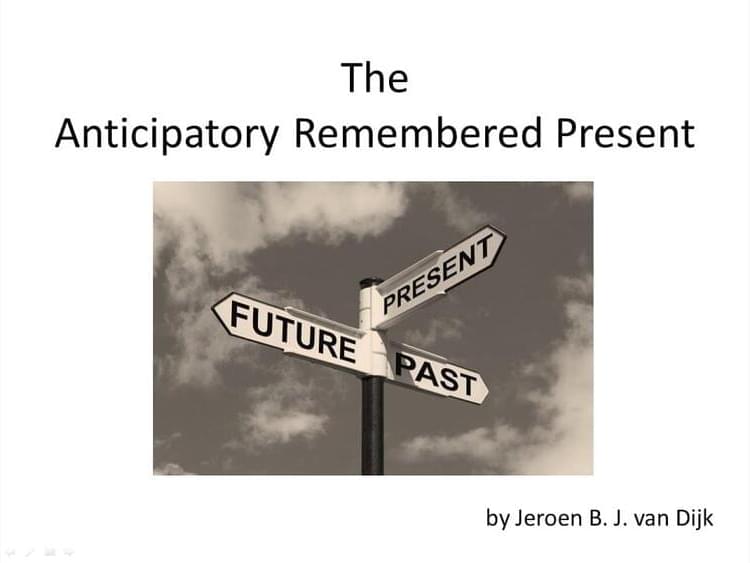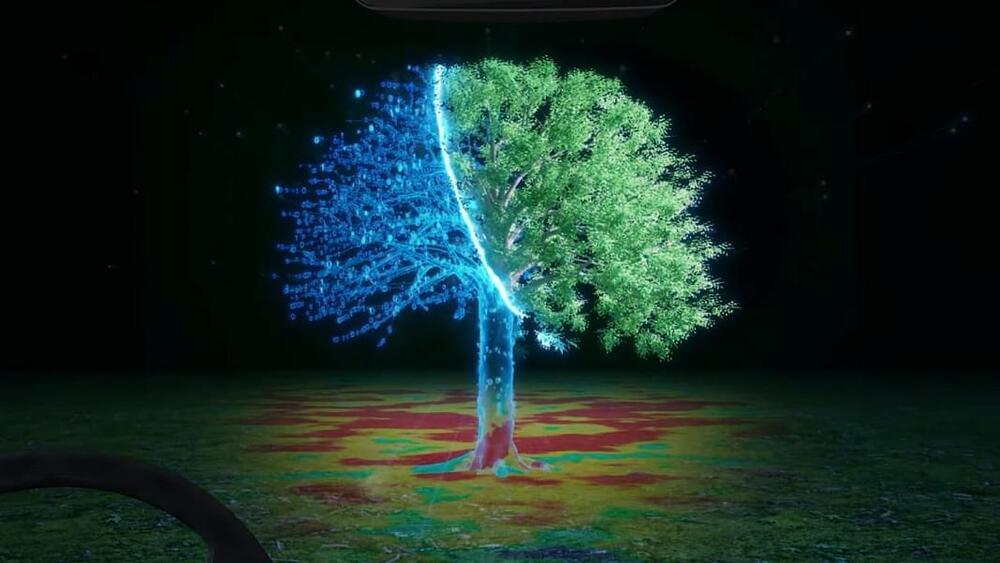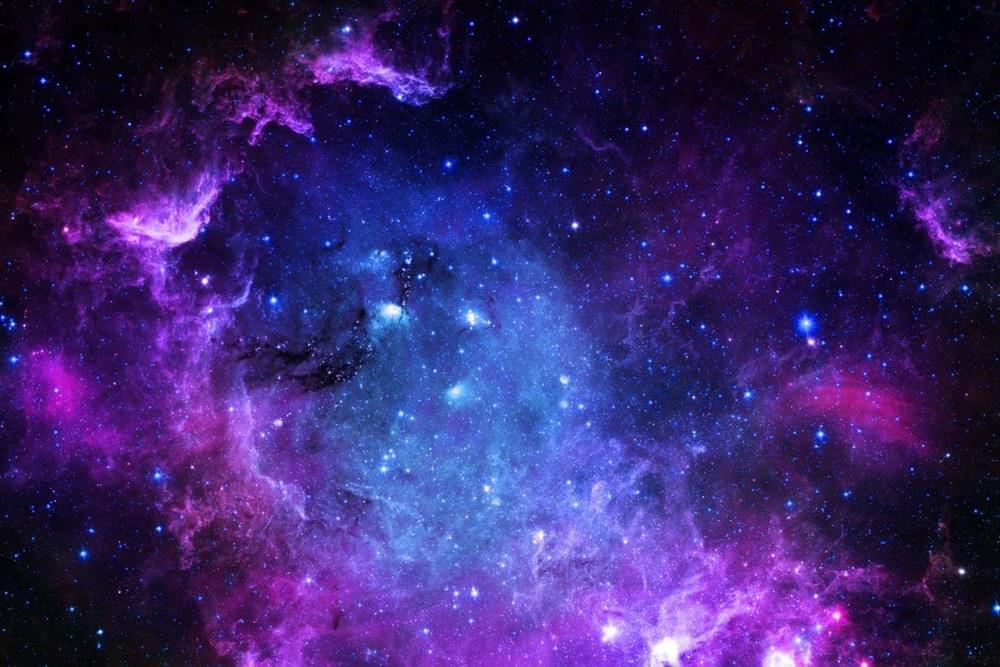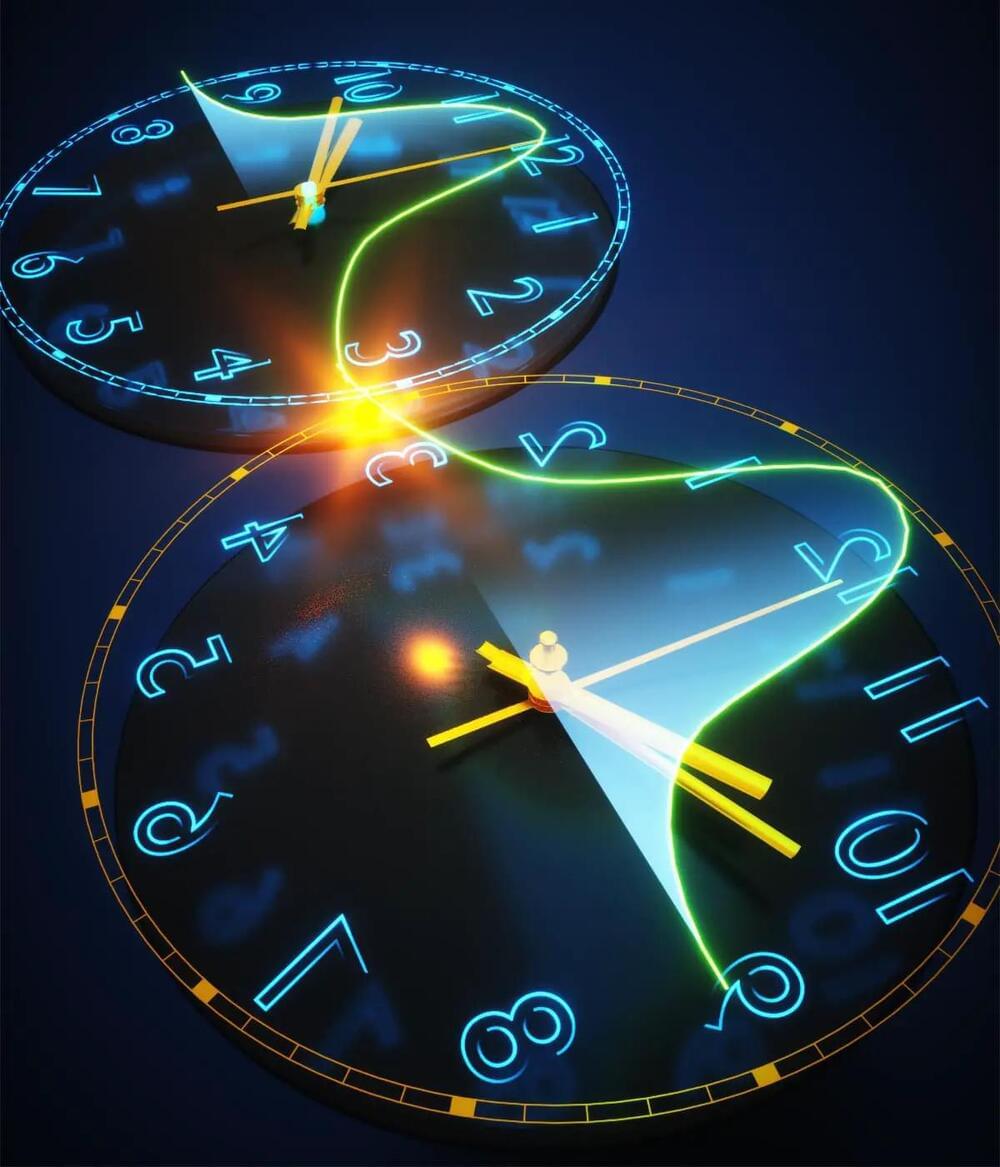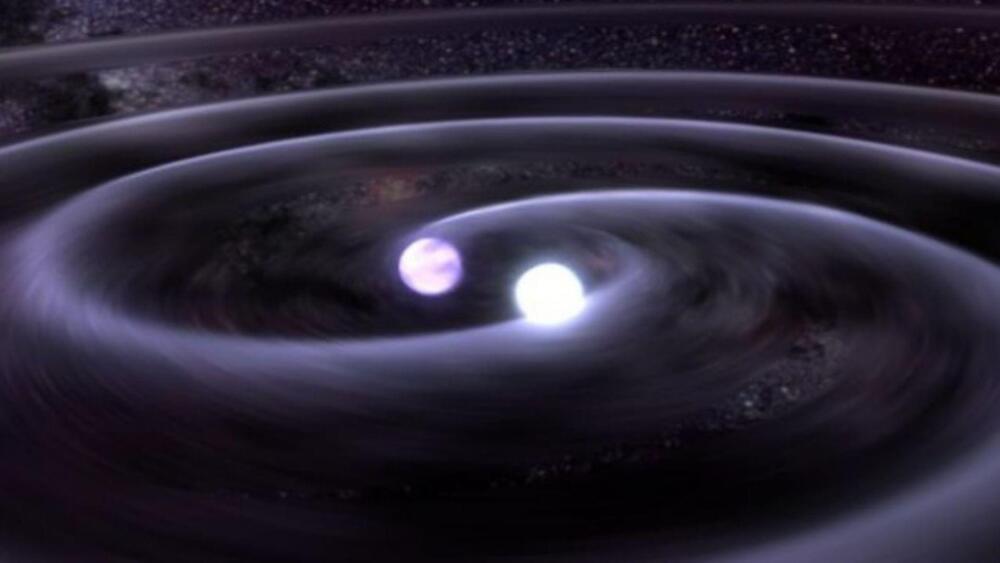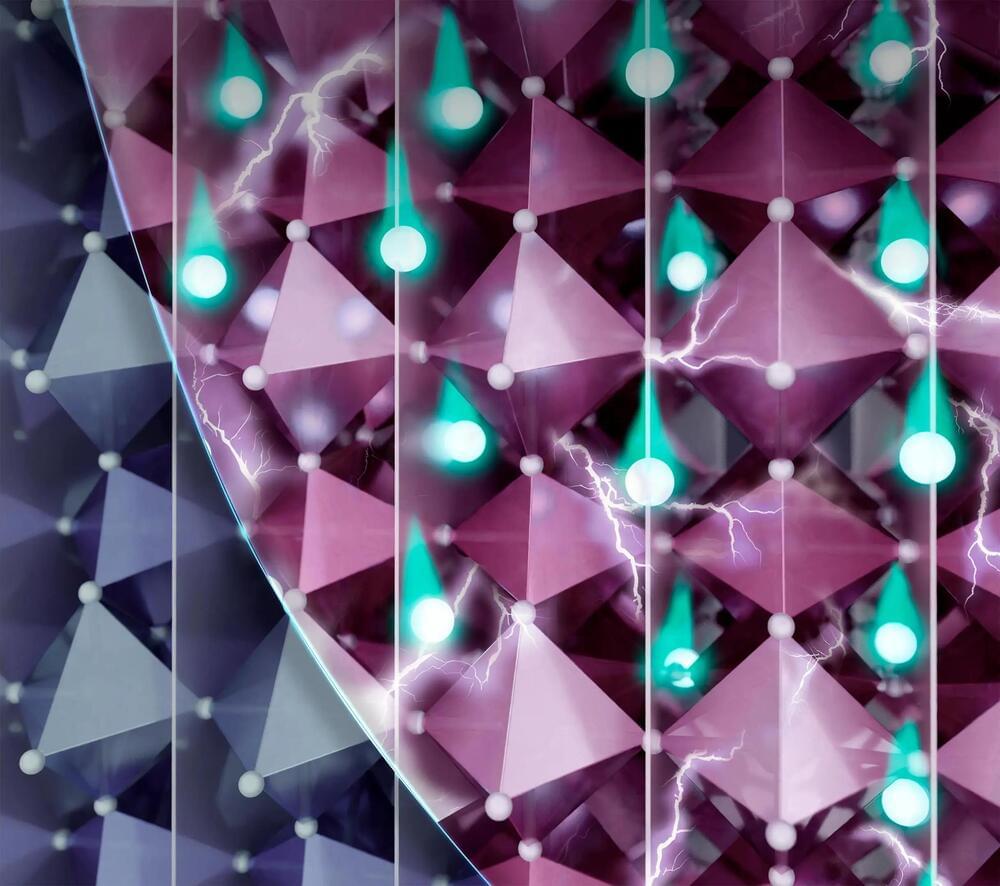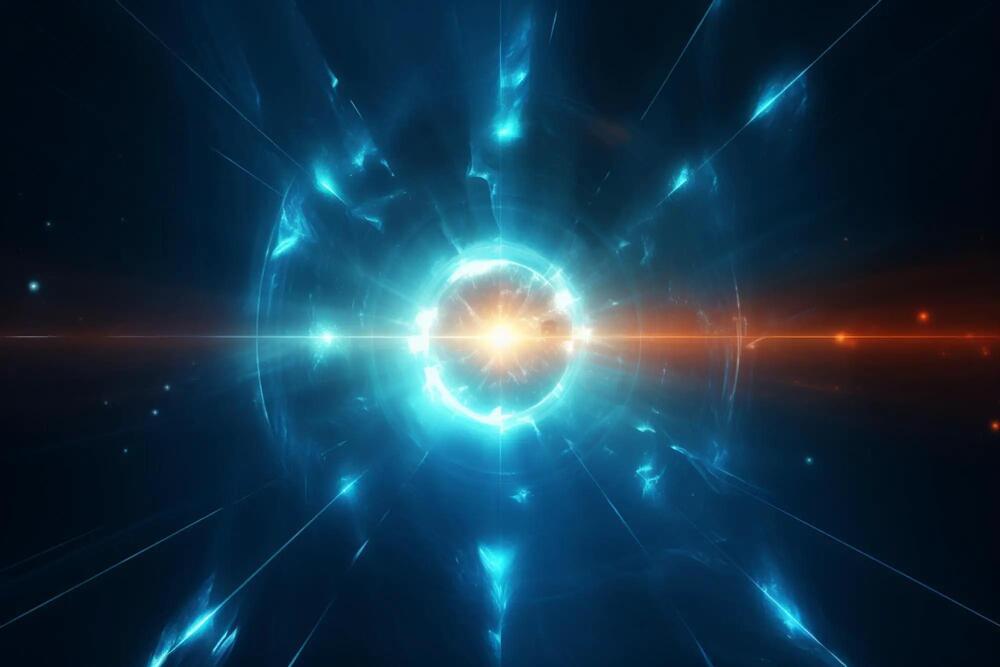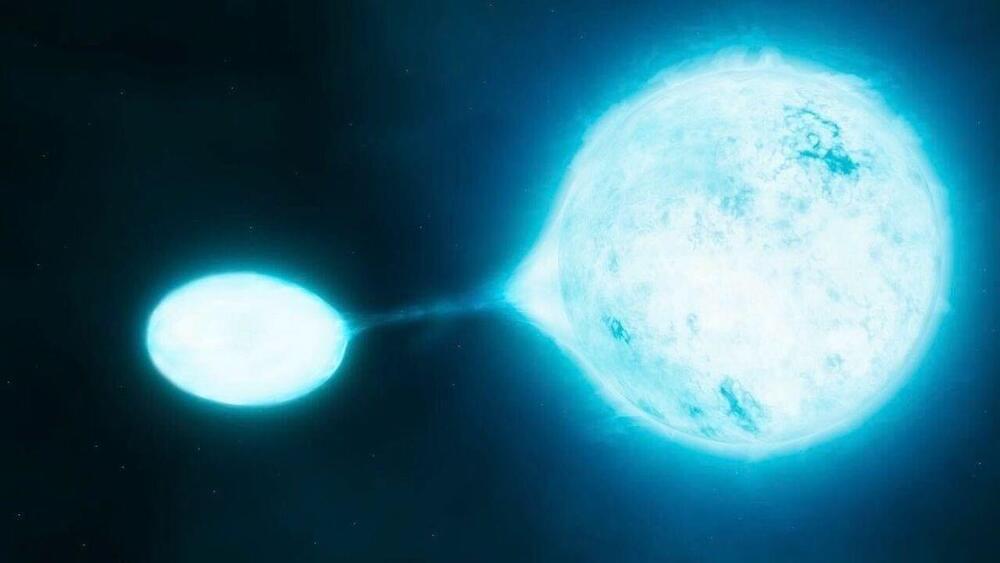Aug 19, 2023
Process Physics, Time and Consciousness — Presentation Whitehead Psychology Nexus 2015
Posted by Dan Breeden in categories: physics, robotics/AI, space
Conference presentation of “Process Physics, Time and Consciousness: Nature as an internally meaningful, habit-establishing process.” As presented at the Whitehead Psychology Nexus Workshop Conference held in Fontareches, France, March 27-30th, 2015 (with some minor adjustments). For full published paper, see: https://tinyurl.com/yc9r6kys (date of publication: October 18, 2017).
Abstract:
